SpaceX Launch Photos: Elon Musk’s Falcon Rockets Captured In 10 Stunning Images

When it comes to spacefaring, SpaceX needs no introduction. Ever since the first Falcon rocket took off, Elon Musk’s company has been leading the segment, serving a range of customers, including NASA and the U.S. government, moving towards its ultimate goal of colonizing Mars.
We already know SpaceX’s massive spaceship scheduled to go to the Red Planet in 2022, the BFR, is already in the works, but the road to a distant planet is a whole lot more complicated than it looks.
Essentially, taking people and cargo back and forth between Mars and Earth depends on the element of reusability, something that doesn’t come in a matter of days or months. SpaceX started working on the functionality back in 2015 and now, after a number of failed booster landing attempts, it has finally perfected the whole thing.
In fact, now launching rockets, landing their boosters, and flying them again in the future has become more of a signature move from the company. According to the Verge, last year, SpaceX conducted 18 rocket launches, 14 of which returned home safely, while this year, seven have been conducted thus far, including commercial satellite launches, U.S. government science and national security missions, and a single ISS resupply mission. SpaceX also launched Falcon Heavy, Falcon 9’s heavy-lift sibling, with a Tesla roadster on-board.
With that, it is evident that Space X is focusing on reducing the turnaround time between rocket flights and refights in a bid to take its launch frequency higher than ever, just like last year. Other players, including Jeff Bezos’s Blue Origin, are also in the race, but Musk’s Falcon rockets are currently the best bet in the business.
Next, SpaceX plans to launch NASA’s Transiting Exoplanet Survey Satellite (TESS) on April 16 and attempt recovery on the “Of Course I Still Love You” droneship, which will be positioned in the Atlantic Ocean.
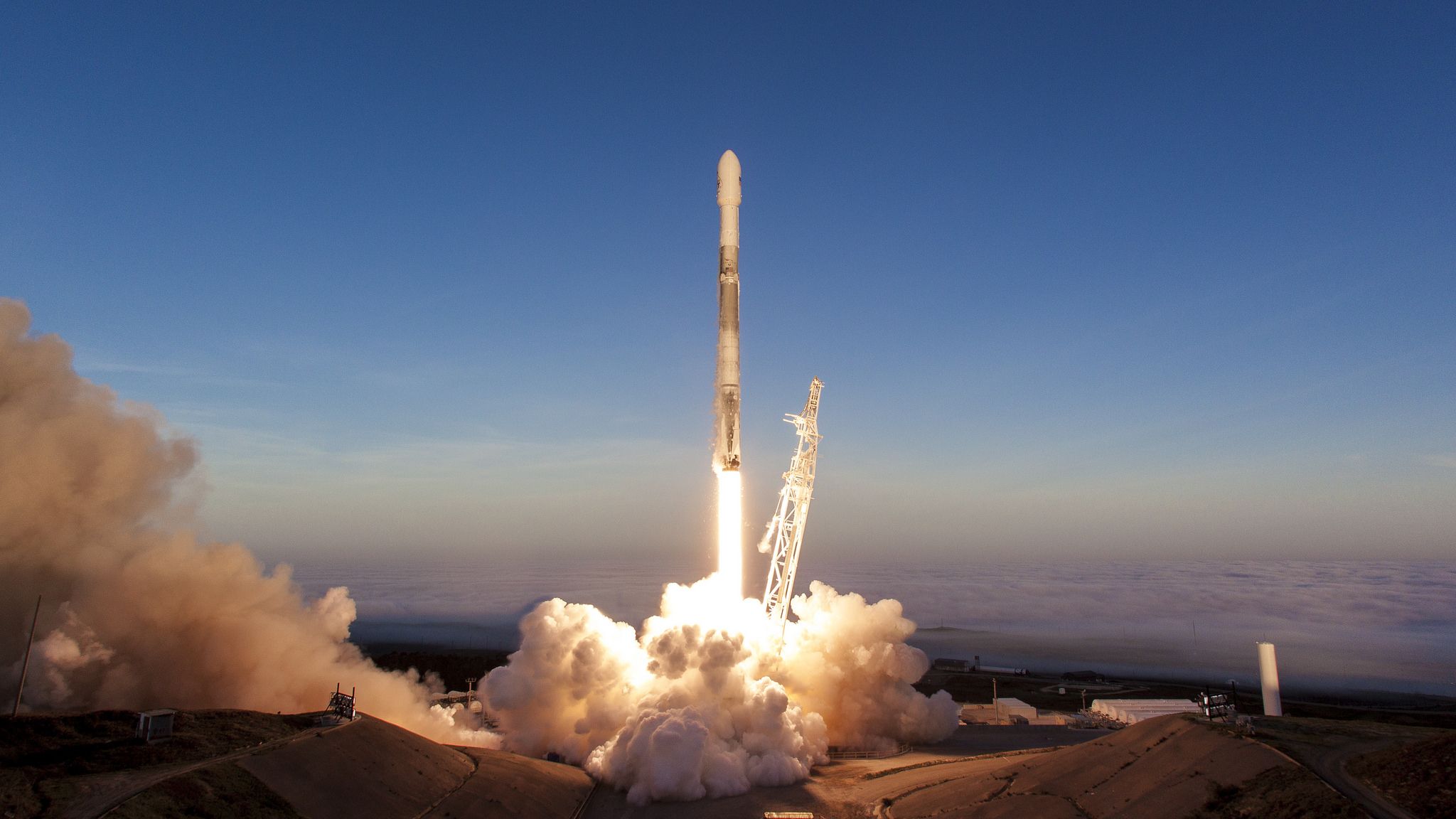
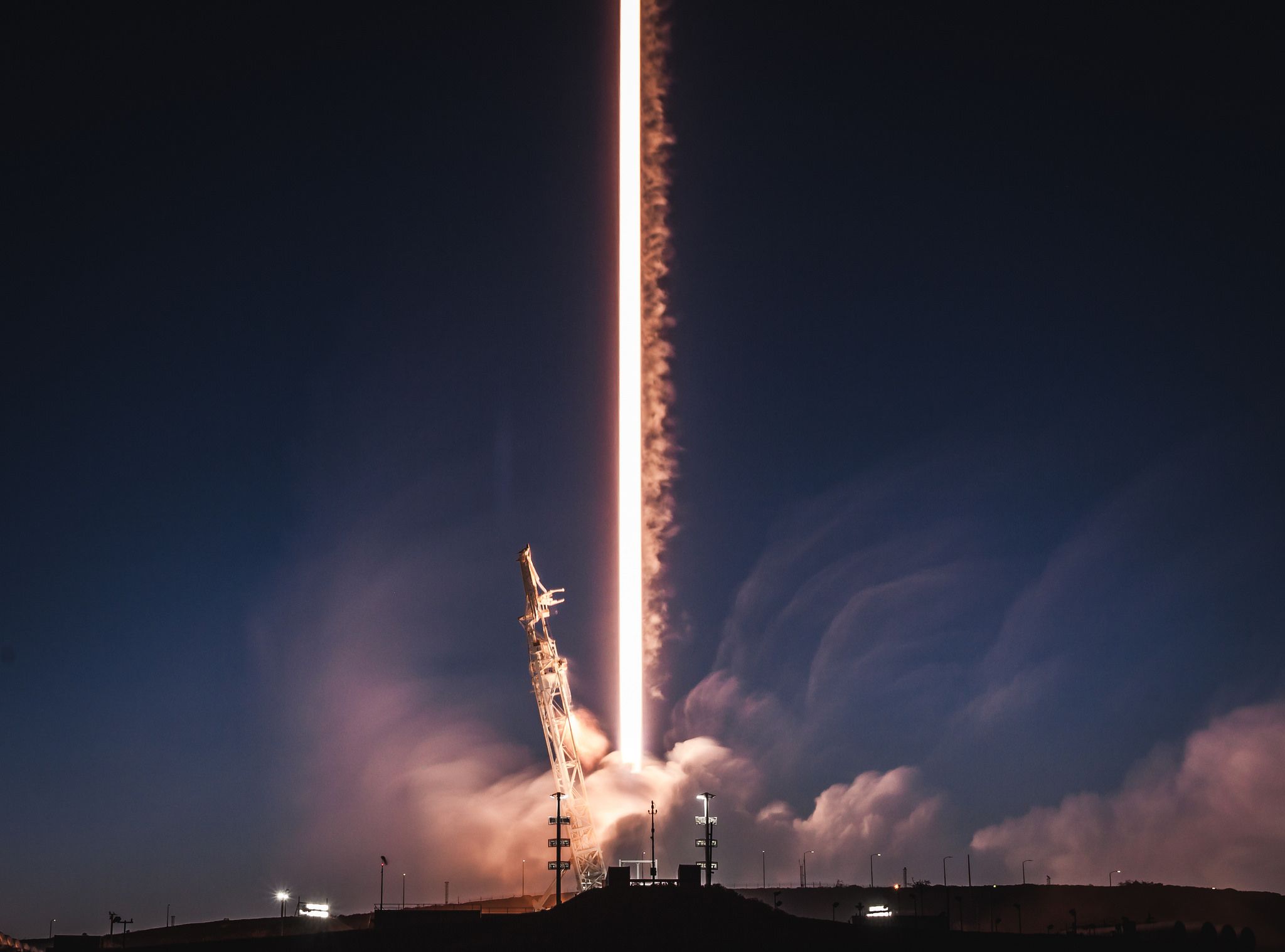
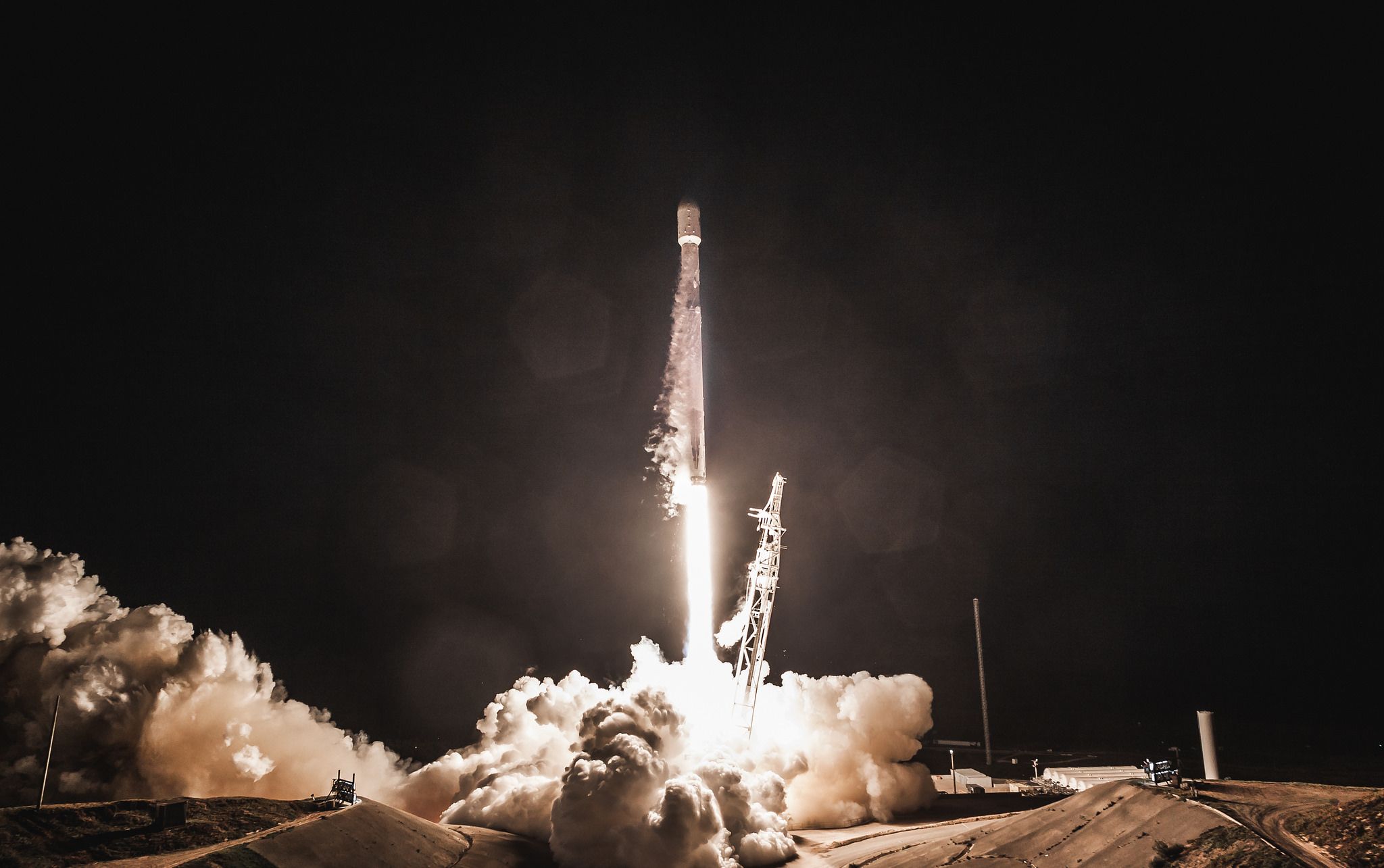

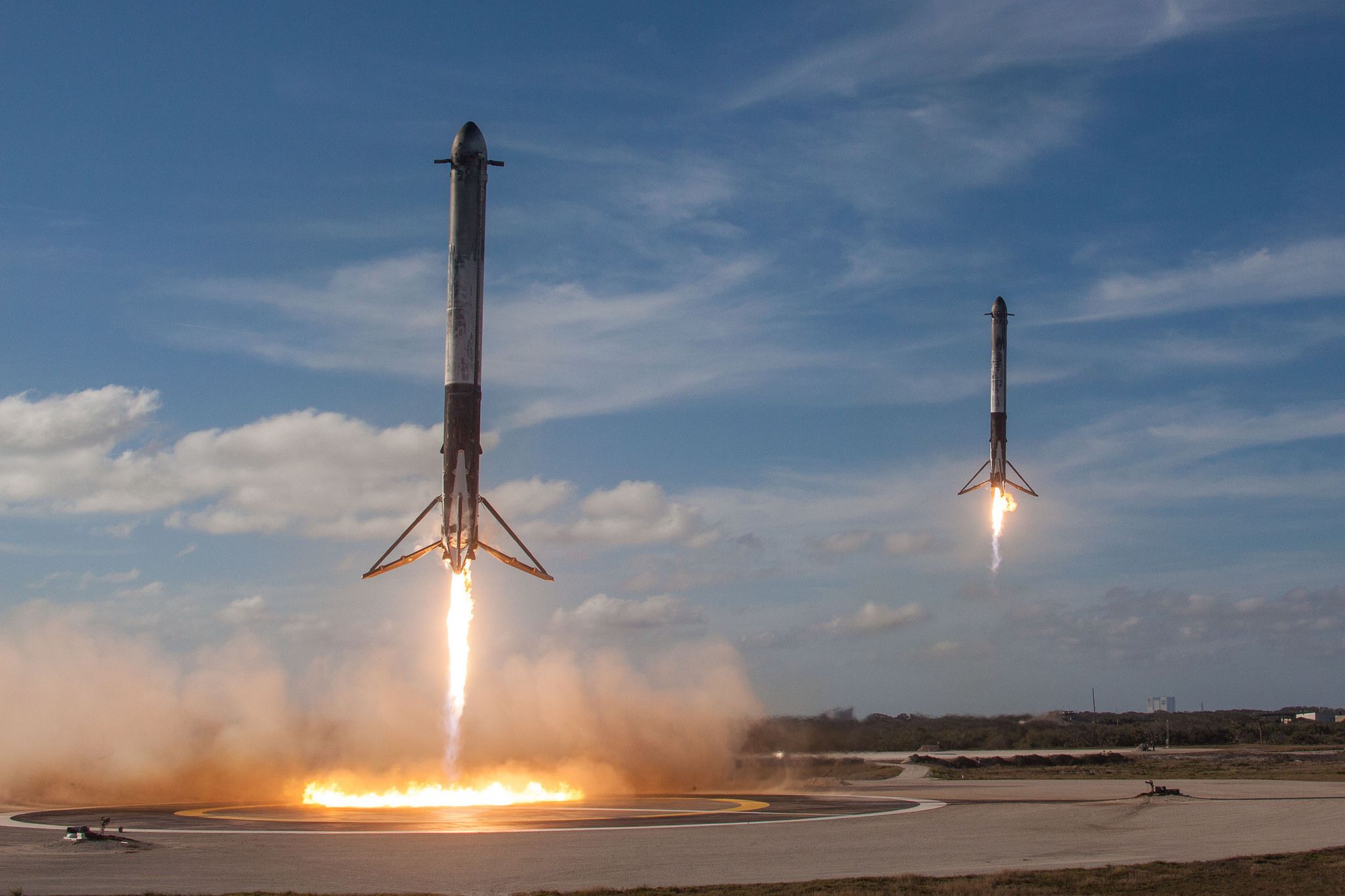

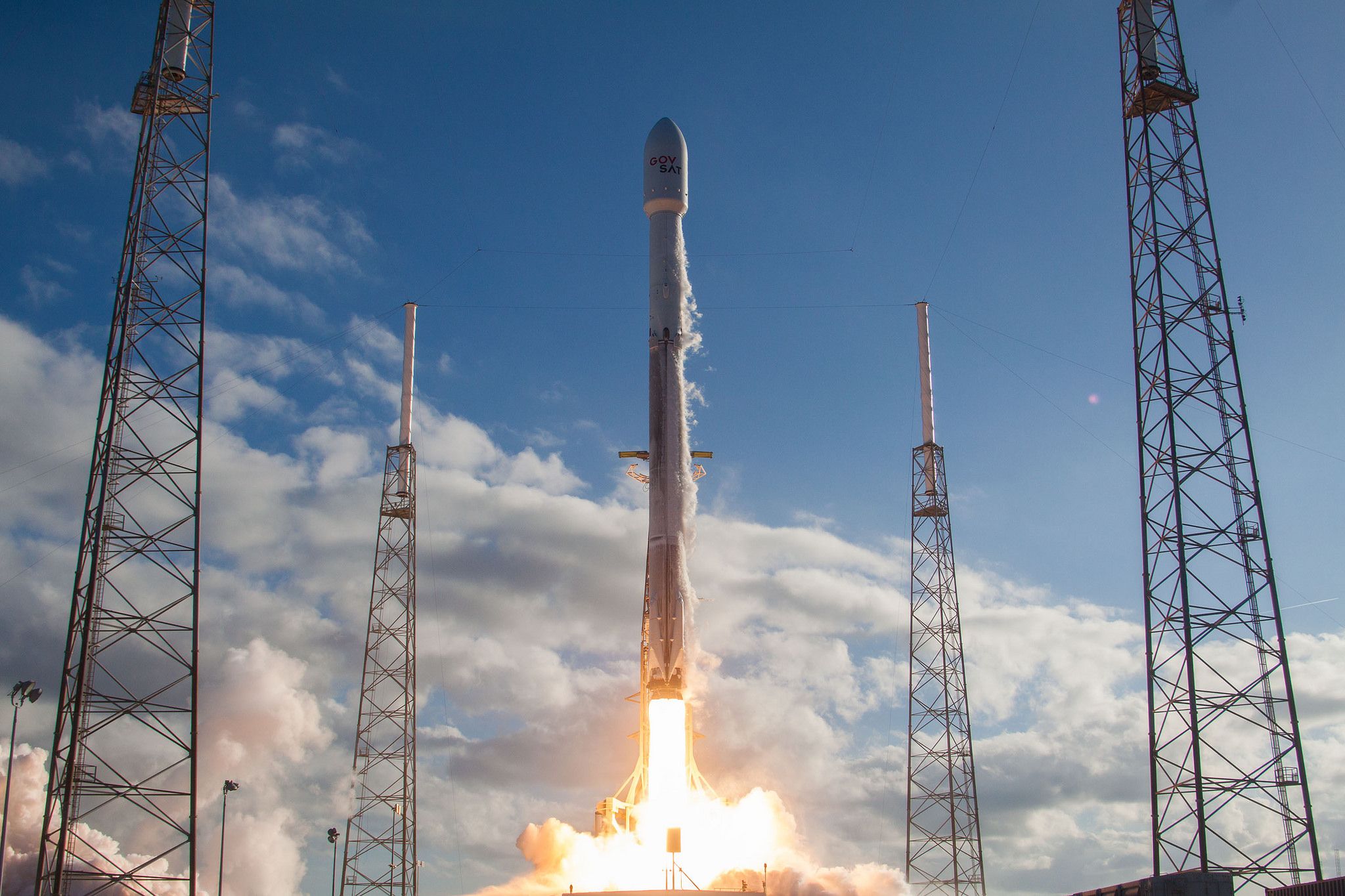
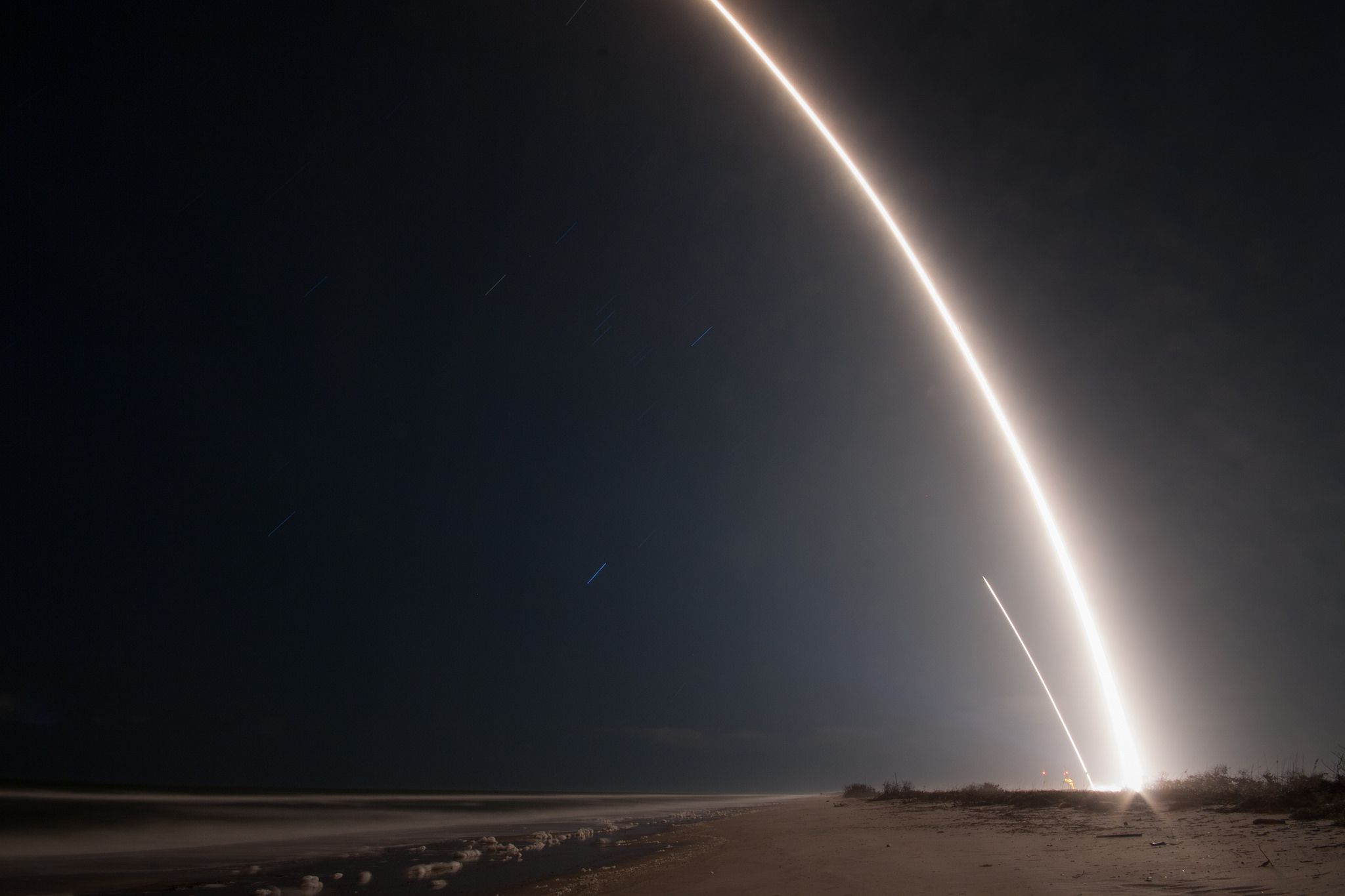

© Copyright IBTimes 2025. All rights reserved.




















